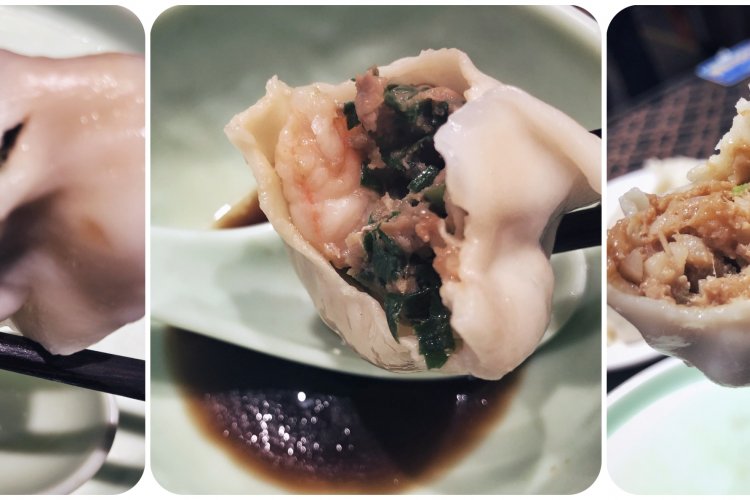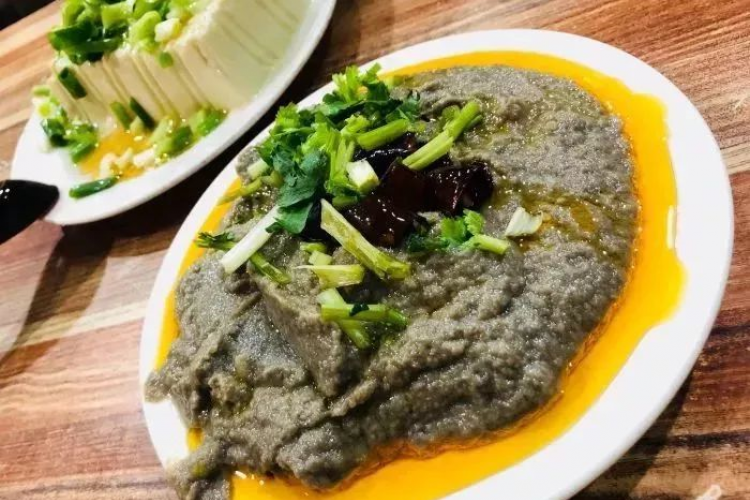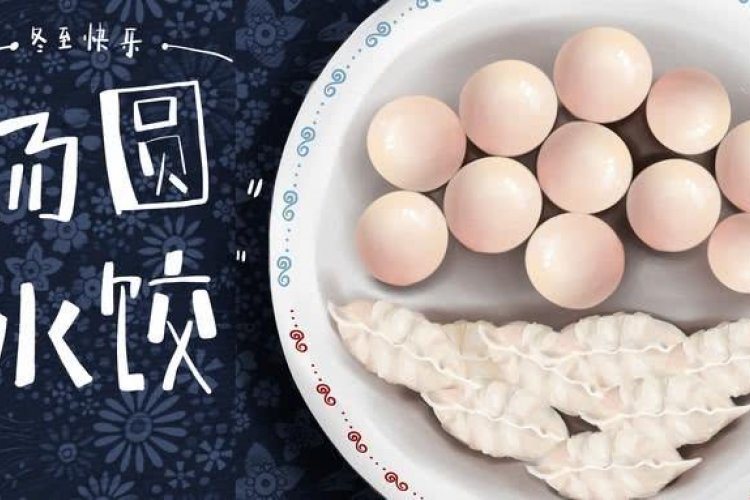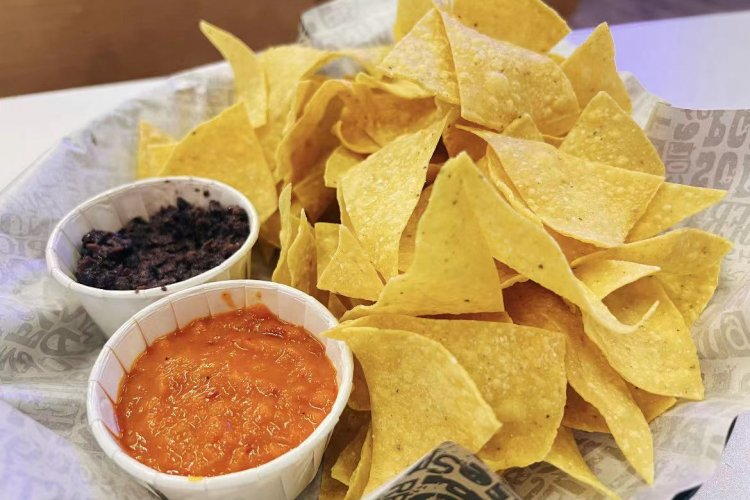Snack Attack: Introducing the Real, Original Shaomai
Snack Attack is your weekly guide to the sometimes smelly, sometimes flavorful, sometimes odd munchies to be had in the capital.
烧麦 shāomài, aka shumai: the cylindrical pork and shrimp-topped dumpling known the world over as a staple of Cantonese dim sum, an open topped dumpling filled with savory sticky rice found in Shanghai, or a xiaolongbao-like dumpling variant found way up in northern China’s Inner Mongolia? The answer is yes, yes and yes.
These three shaomai are just three regional variations on the same dish, but the original is the latter, which allegedly was created around 800 years ago in Hohhot.

There are a number of variants to why they’re called shaomai – although there’s also the shumai element that plays a role in these stories. According to a piece on shaomai by Gold Thread, the dumplings are known as suumai in Hohhot, which means “without being cooled down” in Mongolian. This refers to the fact that they’re meant to be eaten hot.
The mystery of their name continues. Two stories of which can be found in this article from The Paper (in Chinese). The first says the dumplings became popular as a side dish in a tea house, whereas the other explains the dumplings rims are wrinkled like beautiful flowers, which lent them the name 稍美 shāoměi.
One origin story tells the tale of two brothers who ran a popular baozi stand in northern China. When the elder brother died, the younger brother sought to keep the business going, but he couldn’t shape the baozi correctly and instead opted for making a haphazardly closed top.

He referred to them as 捎卖 shāomài, or “something made on the side” as he only saw it as a side venture. Eventually, the name was changed to 烧麦 shāomài due to the fact that the rims are shaped like a mature ear of wheat, or 麦 mài.
Whatever the origins of shaomai may be, the original from Hohhot is typically made with a filling of lamb, ginger and green Chinese onion. You can find them in Beijing at a number of spots, but one of the easiest to get them from is Shangzi Beef Brisket Noodles (上字清汤牛腩面 shàngzì qīngtāng niúnǎnmiàn), which can deliver around Beijing and also offer beef filling as an option.

Have you tried the OG Hohhot shaomai? Which kind of shaomai do you prefer more? Let us know in the comments!
READ: Snack Attack: The Five Smelliest Snacks to Be Had in Beijing
Images: Dianping, Unsplash, Vincent R. Vinci







